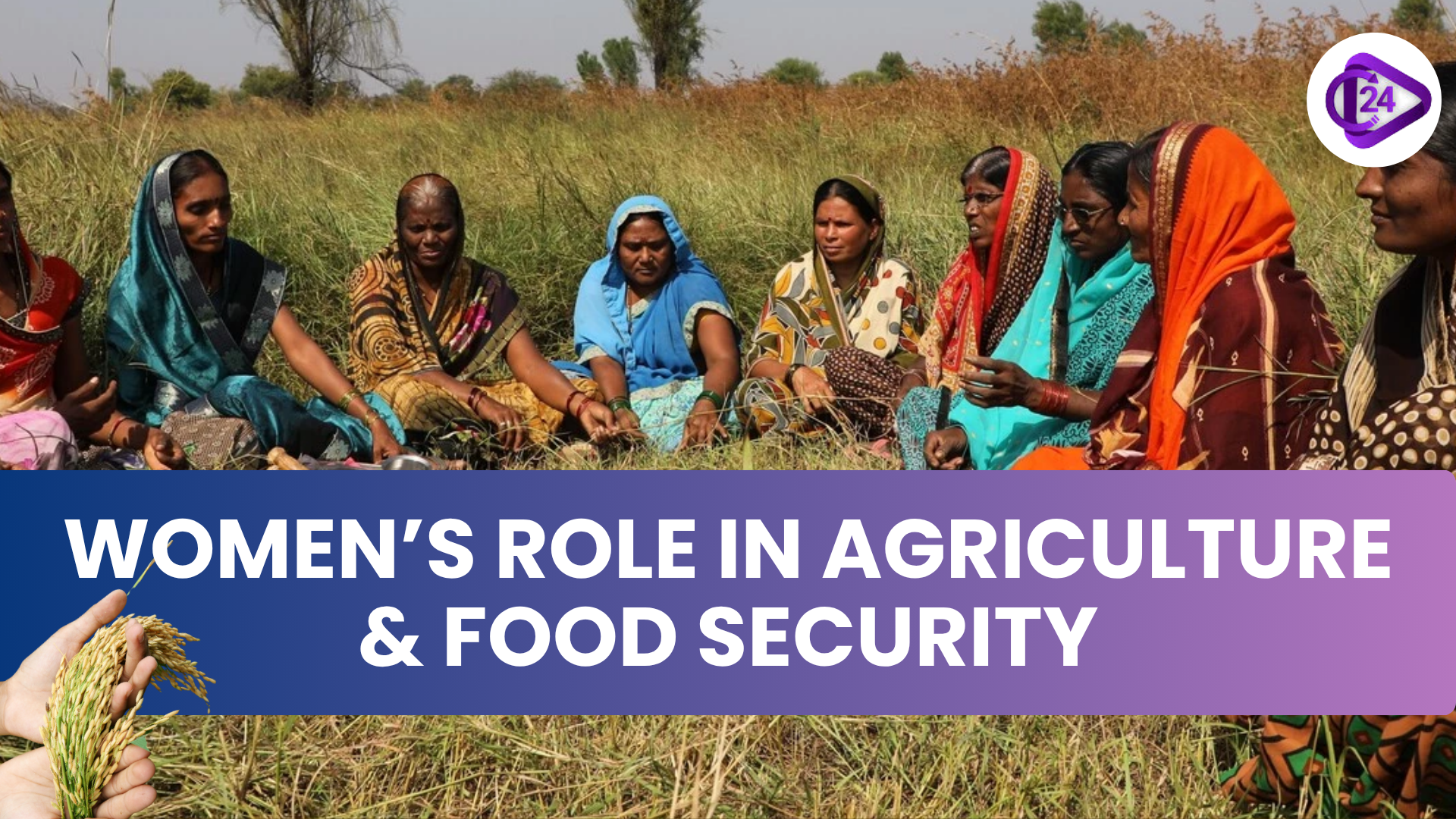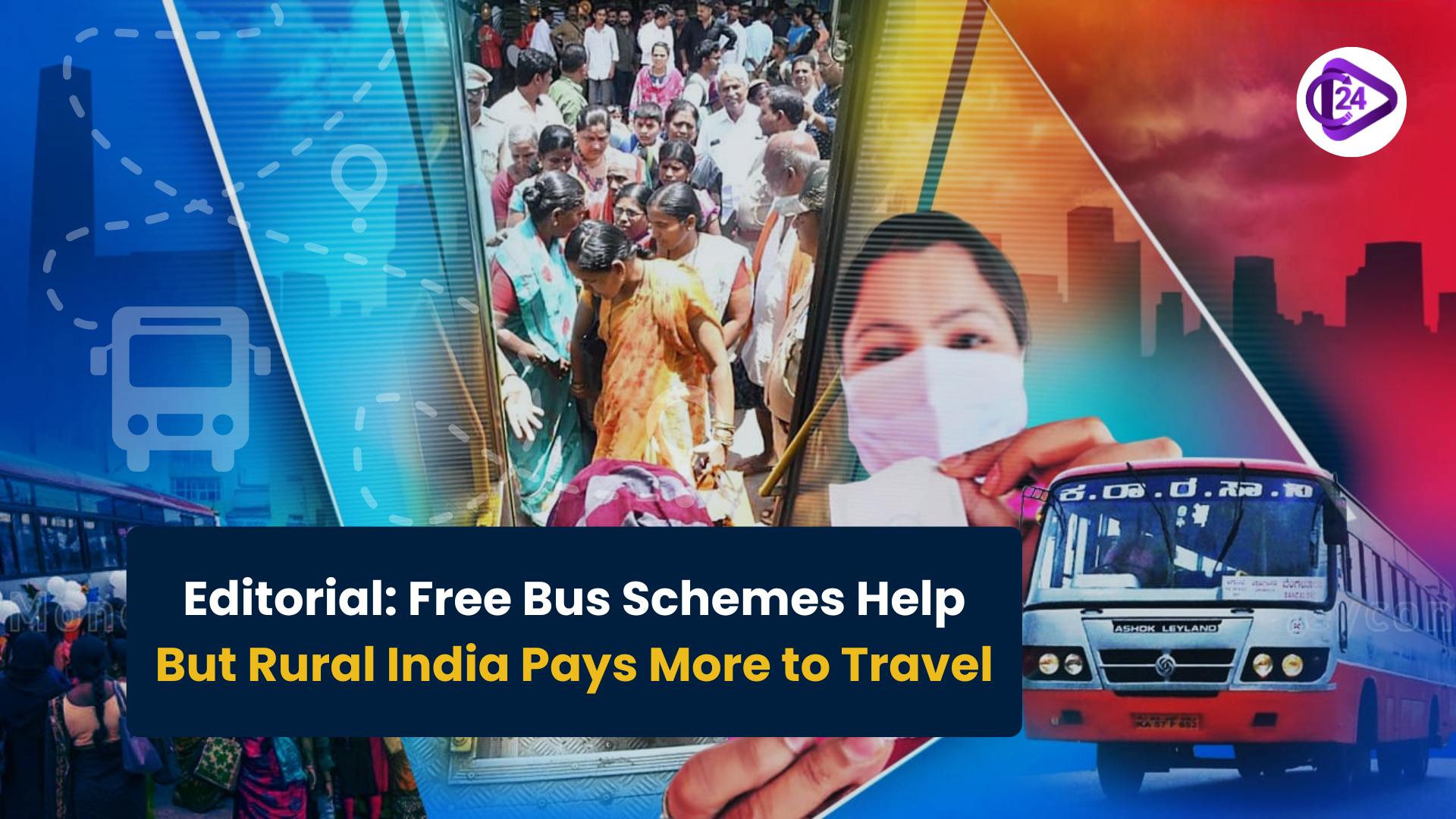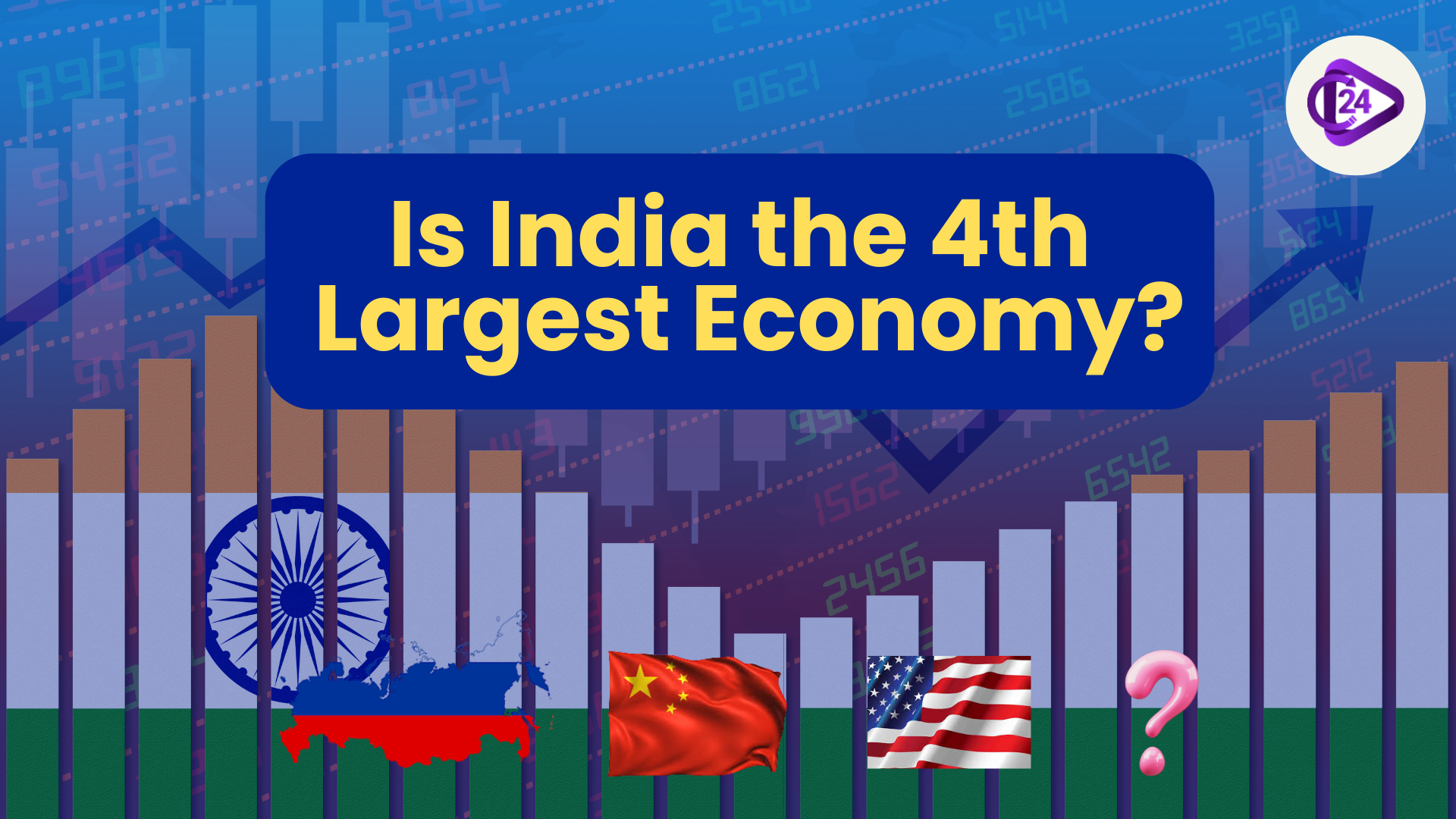
In 2023, the United Nations General Assembly decided that 2026 would be the International Year of the Woman Farmer to emphasize females’ key part in agriculture and the obstacles they have to overcome. Although women do most of the farming in India, their land holdings are much less than men’s. This article gives an overview of a discussion on women in agriculture held by the Royal Norwegian Embassy and the WFP, about topics such as owning land, obtaining important resources, and dealing with climate change. The highlight of the project in Assam is that it empowers women with tools to adapt to the climate and use new technologies.
Context
-
Food security in this field greatly depends on the important role women play, despite the difficulties for them, like problems with land ownership and insufficient resources.
-
ENACT in Assam is giving women technology and skills for farming that can survive in changing climates, so they have better prospects.
Key Points
Importance of Women in the Agricultural
-
In developing communities, women do about 60-80% of the work related to food and in South Asia, about 39% of those working in agriculture are women.
-
More than 8 out of 10 women in India work in farming, whereas less than 1 in 7 landowners are women.
Challenges of women in agriculture
-
Women own less than 8% of farmland, which prevents them from using financial services.
-
Because women farmers do not have mobile phones, they are unable to use helpful technology and guidance in agriculture.
Government Initiatives
-
Mahila Kisan Sashaktikaran Pariyojana: The aim of Mahila Kisan Sashaktikaran Pariyojana is to boost the farming skills of women and to provide them with new resources.
-
Agricultural Mechanisation: The Sub-Mission on Agricultural Mechanisation gives farmers up to 80% subsidies for modern farming machinery.
-
National Food Security Mission: 30% of the budget for the National Food Security Mission is given to female farmers in particular states.
Impact of climate change on women farmer
-
Unfairly, women are more affected by climate change, putting extra pressure on them at home and in farming activities.
-
As part of the ENACT project in Assam, women are given important climate details and crop types that can handle floods.
Technology and women empowerment
-
ENACT reaches the farmers via mobile phones, giving regular updates on climate and farming practices every week.
-
They make it possible to have video conferences on farming and sources of income.
Policy and Action taken to Address
-
The data collected should look in detail at the unique needs of women farmers to design the most effective policies for them.
-
Help Women in Farming: Assist agri-value chains that are run by women.
-
Better access to Financing and Networks: Grant more access to funds and support groups formed by women.
Conclusion
Giving women opportunities in agriculture helps achieve gender equality and also ensures enough food for everyone and sustainable growth. Because of ENACT and other policies that care about gender in agriculture, as well as more access to resources and technology, women farmers in India can improve their lives. Concentrating on women’s roles in farming, providing them with information, and applying climate-smart techniques can greatly help India achieve a sustainable and all-inclusive agriculture.



 First-Ever Subsea Tunnel in Kerala: Reduce Travel Costs & Ease Traffic
First-Ever Subsea Tunnel in Kerala: Reduce Travel Costs & Ease Traffic India’s Demographic Dividend as a Time Bomb: A Call for Action
India’s Demographic Dividend as a Time Bomb: A Call for Action Free Bus Schemes Help, But Rural India Pays More to Travel
Free Bus Schemes Help, But Rural India Pays More to Travel Keeladi Controversy-Conflict of Archaeology, Politics and Tamil Heritage
Keeladi Controversy-Conflict of Archaeology, Politics and Tamil Heritage Uttarakhand: A Persistent Hotspot for Helicopter Accidents
Uttarakhand: A Persistent Hotspot for Helicopter Accidents Is India the World’s Fourth Largest Economy?
Is India the World’s Fourth Largest Economy? Rewriting the Script of Early Childhood Education: A Key to India’s Future Workforce
Rewriting the Script of Early Childhood Education: A Key to India’s Future Workforce Menstrual Hygiene Issues and Period Stigma: A Barrier to Girls’ Education in India
Menstrual Hygiene Issues and Period Stigma: A Barrier to Girls’ Education in India NEP 2020: Paving the Way for Practical, Pragmatic, and Innovative Education to Enhance Employability
NEP 2020: Paving the Way for Practical, Pragmatic, and Innovative Education to Enhance Employability






